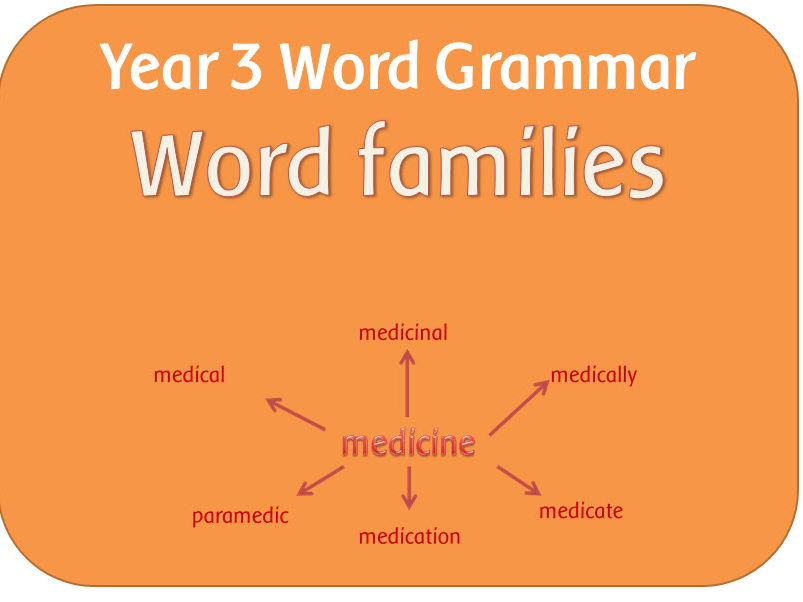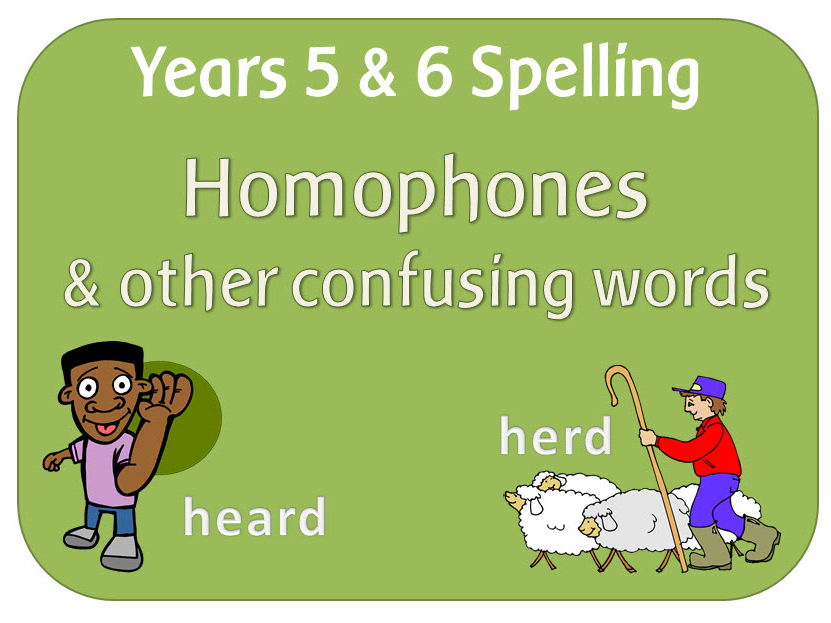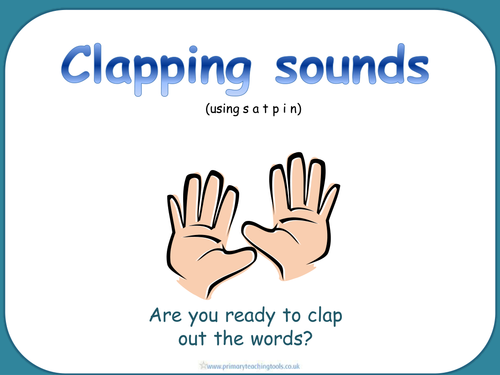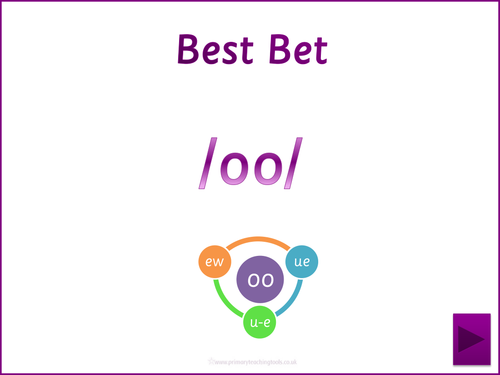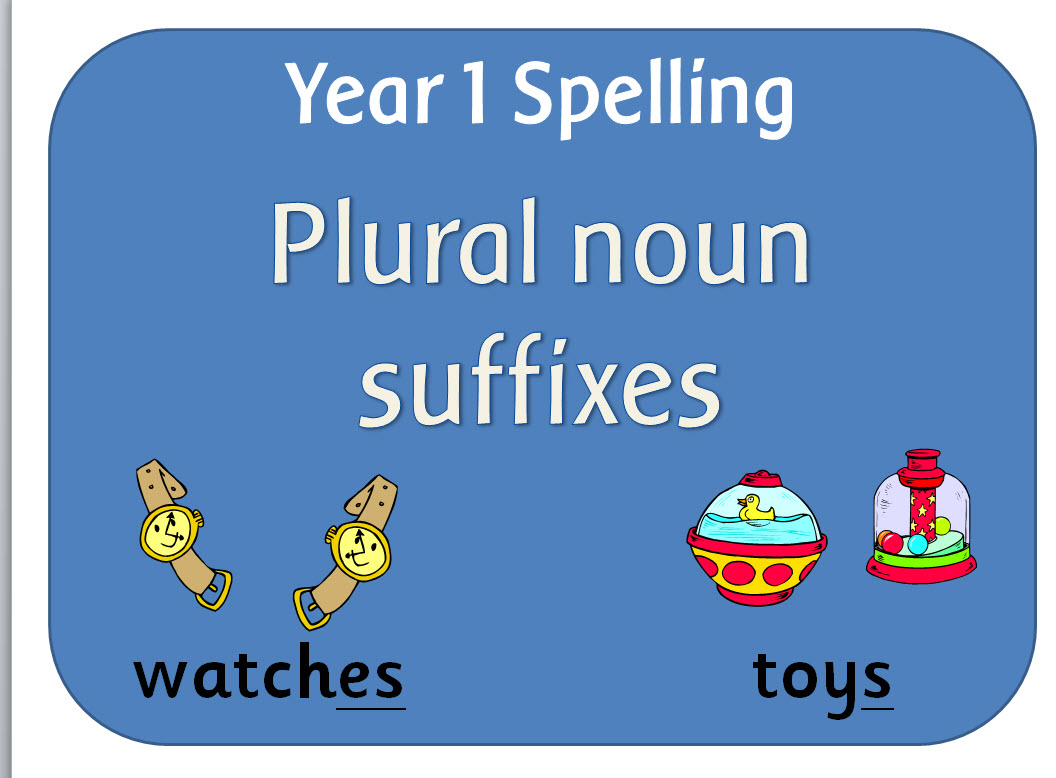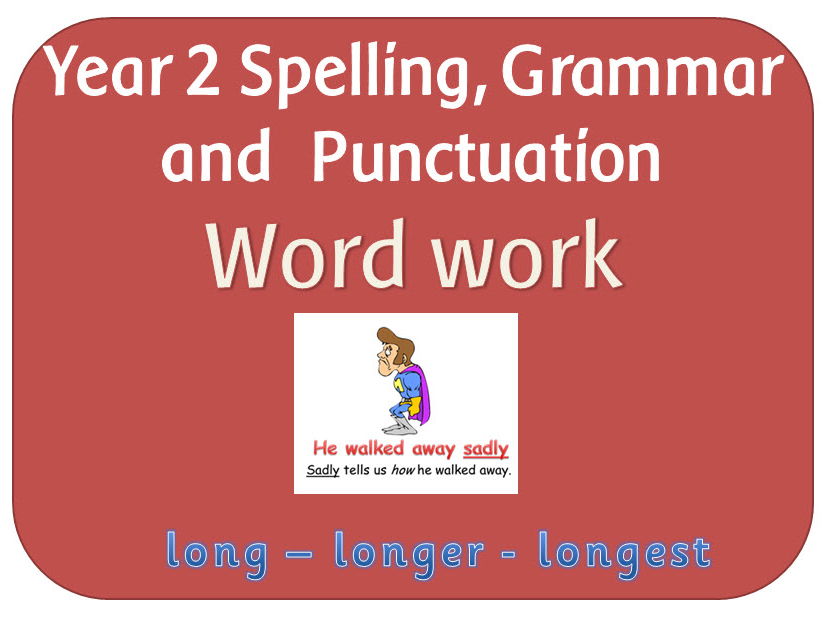
404Uploads
1066k+Views
681k+Downloads
English language arts

SPaG Year 3 Grammar: Word families based on common words
3 POWERPOINTS:
Words and families: Explains what word families are and how to make them. It follows with 10 common exception words and related words .
Roots, affixes and word families: Explains how word families can be built by using affixes. Gives examples of the word family related to the word 'act' and also the word 'light'.
Word families: Building words using a matrix of prefixes, root words and suffixes.
PDF WORKSHEETS & ACTIVITIES:
Cards (x6 – act/give/light/pass/press/sign) containing words belonging to each word family
Word derivation sheet – blank
Word family – give
Word family – pass
Word family –press
Word family –sign
Word list – Latin root words and families (extension work)
Plus a Y3 VG&P plan

SPaG Year 3 Terminology powerpoint
A powerpoint explaining the terms adverb, preposition, conjunction, word family, prefix, clause, subordinate clause, direct speech, inverted commas, speech marks, vowels and consonants

SPaG Year 4 Sentence Grammar: Fronted adverbials
POWERPOINTS:
Fronted Adverbials: Explains what they are and how to use them (including the use of commas from the punctuation objectives)
PRINTABLE PDF FILES:
Adverbial spotter worksheet: To use with reading books or passages of text
Adverbials of time display
Adverbials of manner display
Adverbials of time display
Adverbials of time cards: For composition activities etc
Adverbials of manner cards: For composition activities etc
Adverbials of time cards: For composition activities etc
5 x Word documents with different passages to use with spotter sheet

SPaG Year 5 & 6 Spelling: Words with the /i:/ sound spelt ei after c
A powerpoint lesson plus the following pdf files to teach the children how the i before e except after c rule applies to words where the sound spelt by ei is /i:/,plus the exceptions to the rule.
Pdf files:
Look Write Cover Check x 2: For spelling practice
ei and ie words worksheet: A passage to read and write down ei and ie words
ei words writing practice: List of ei words to identify and spell
Strategies for remembering how to spell ei words worksheet: Looks at the different spelling strategies children can use

SPaG Year 5 & 6 Spelling: Homophones and other confusing words
Resources to teach the guidelines for spelling homophones and other words that are often confused.
POWERPOINTS
Each Powerpoint gives definitions/explanations of each homophone, then ends with an activity for the children to work out which homophone is appropriate in different sentences.
Homophones - nouns and verbs: advice advise, device devise, licence license and practice practise.
Homophones 1: aisle isle, aloud allowed, affect effect, altar alter, ascent assent, bridal, bridle, cereal serial, complement compliment
Homophones 2: descent dissent, desert dessert, draft draught, farther father, guessed guest, heard herd, led, lead morning, mourning
Homophones 3: past passed, precede proceed, principal principle, profit prophet, stationary stationery, steal steel, wary weary, who's whose
PDF (PRINTABLE) RESOURCES:
Look Write Cover Check x 7: For spelling practice, containing the words in the above PowerPoints
Worksheets x 7: To write definitions of the homophones and think of ways to remember how to spell them.
Definition and word cards x 3: Three sets of homophones and corresponding definitions for matching games etc.

SPaG Year 6 Word Grammar: How words are related by meaning as synonyms and antonyms
POWERPOINTS:
The history of the English language: A history, plus an explanation of why the English language has so many synonyms.
Synonyms: Explains what they are and gives 11 words with related synonyms.
Antonyms: Explains what they are and gives 12 words with corresponding antonyms, plus 7 words with several antonyms.
Antonyms and prefixes beginning with 'i': Formation of antonyms by adding im, in or il to words.
Antonyms and prefixes recap: Activity to make words by adding a range of prefixes covered in previous years, to make antonyms.
PRINTABLE FILES (PDF):
Synonyms worksheet: For finding synonyms
Antonyms worksheet: re-write the sentences to make it mean the opposite
House for sale - antonyms worksheet: Rewrite the advert using antonyms
House for sale - synonyms worksheet: Rewrite the advert using synonyms
Antonym cards (2 sets): Matching sets - easy and more difficult

Phase 1 Aspect 6 Voice sounds: Letters and Sounds Phonics resource pack
A pack of powerpoints and activities to print to help children distinguish between the differences in vocal sounds, including oral blending and segmenting.

Phase 1 Aspect 7 Oral blending and segmenting: Letters and Sounds Phonics resource pack
A set of powerpoints, games, cards and activities to develop oral blending and segmenting of sounds in words.

Letters and Sounds Phase 5 Phonic pack: Alternative spellings of /igh/
There are a variety of different activities for each phoneme.
The descriptions of the powerpoints are as follows:
Word list powerpoint: Begins with a list of words for reading, then shows each word individually for writing.
Best Bet powerpoint: Introduces the different graphemes for each phoneme, then shows a picture and part of a word, with the relevant grapheme hidden. The children have to choose which grapheme is missing. Each word is added to a table that can be analysed at the end of the game.
Homophones with pictures powerpoint: Contains identical sounding words relating to the phoneme, showing the different spellings and pictures to help remember which is which.
Homophones: Contains identical sounding words relating to the phoneme, with no pictures.
Phoneme Spotter Stories - Three versions of each story - PowerPoint, Smartboard, and pdf format.
Rhyming word generation Smartboard file for recording words with different graphemes.

Letters and Sounds Phase 5 Phonic pack: Alternative spellings of long /oo/
There are a variety of different activities for each phoneme.
The descriptions of the powerpoints are as follows:
Word list powerpoint: Begins with a list of words for reading, then shows each word individually for writing.
Best Bet powerpoint: Introduces the different graphemes for each phoneme, then shows a picture and part of a word, with the relevant grapheme hidden. The children have to choose which grapheme is missing. Each word is added to a table that can be analysed at the end of the game.
Homophones with pictures powerpoint: Contains identical sounding words relating to the phoneme, showing the different spellings and pictures to help remember which is which.
Homophones: Contains identical sounding words relating to the phoneme, with no pictures.
Phoneme Spotter Stories - Three versions of each story - PowerPoint, Smartboard, and pdf format.
Rhyming word generation Smartboard file for recording words with different graphemes.

Suffix spelling rules posters KS1 & KS2
Seven posters explaining the different rules for adding suffixes covered in Appendix 1 of the English 2014 curriculum for years 2, 3 and 4, with a heading 'Suffix Spelling Rules'.

KS2 HOMOPHONES posters / flashcards
A set of A4 posters containing all the homophones identified in the Year 3/4 and 5/6 spelling appendix.
Each page is split into 2 so that 2 homophones are printed on one page. You can cut them in half and use as flashcards or leave them whole and display them. For Y3/4 there are 21 pages, plus 3 pages containing just one word. For Y4/5 there are 24 pages plus 1 page containing just one word, plus a set of 4 noun/verb posters.
3 & Y4 HOMOPHONES:
accept except
affect effect
ball bawl
berry bury
brake break
fair fare
grate great
groan grown
here hear
heel heal he’ll
knot not
mail male
meat meet
medal meddle
missed mist
peace piece
plain plane
rain rein reign
scene seen
weather whether
whose who’s
Y5 & Y6 HOMOPHONES:
aisle isle
aloud allowed
affect effect
altar alter
ascent assent
bridal bridle
cereal serial
compliment complement
descent dissent
desert dessert
draft draught
farther father
guessed guest
heard herd
led lead
morning mouring
past passed
precede proceed
principal principle
prophet profit
stationary stationery
steel steal
wary weary
who’s whose
Y5 & Y6 HOMOPHONES - nouns and verbs: Each set prints onto 1 A4
advice advise
device devise
licence license
practice practise

Phonics flashcards
A set of phonics display/flashcards to use in KS1.
There are 2 A5 cards on a page. Each card contains pictures and a list of words including the relevant common exception words for Year 1.
The first set contains the letters of the alphabet.
The second set contains the consonant digraphs and vowel digraphs and trigraphs in the Y1 Spelling appendix.
The third set contains extra graphemes identified in the Letters and Sounds phonics programme.

SPaG Year 1 Spelling: Adding s and es to words (plural of nouns and third person singular of verbs)
A set of resources to teach the guideline/rule in the Spelling Appendix: If the ending sounds like /s/ or /z/, it is spelt as –s. If the ending sounds like /ɪz/ and forms an extra syllable or ‘beat’ in the word, it is spelt as –es.
4 POWERPOINTS:
Introduction to regular plural noun suffixes: Explains what singular and plural is, and when to add s or es to nouns.
Regular suffix s and es sentences: Gives the spelling rule, if the ending sounds like /s/ or /z/, it is spelt as s. If the ending sounds like /ɪz/ and forms an extra syllable or ‘beat’ in the word, it is spelt as es. It gives examples of different types of words with these endings and ends with sentences for children to think of the missing plural word.
s or es quiz: Interactive quiz where the children have to choose between adding s or es.
ACTIVITIES:
Adding s or es worksheet: A list of words to make plural.
Show me cards - s or es
WORD:
Outline adaptable plan
List of words with plurals and verbs ending -es

SPaG Year 1 Terminology powerpoint
Explanations of the terminology letter, capital letter, words, singular, plural, sentence, punctuation, full stop, question mark and exclamation mark.

SPaG Year 2 Spelling: The /ɒ/ sound spelt a, or and ar after w (and qu)
A set of resources looking at the spelling guidelines for:
The /ɒ/ sound spelt a after w and qu
The /ɜ:/ sound spelt or after w
The /ɔ:/ sound spelt ar after w
There is a powerpoint for each sound, a bingo game containing all the spellings, plus a word list and outline plan.

SPaG Year 2 Spelling: Homophones and near homophones
Resources to teach a variety of homophones and near homophones
POWERPOINT
Introduction to homophones: Explains why the English language has so many homophones
Year 2 Homophones with pictures: Includes be/bee, been/been, bare/bear, blew/blue, for/four, here/hear, knew/new, night/knight, know/no, one/won, pair/pear, plain/plane, quite/quiet, red/read, right/write, sea/see, where/wear, so/sew/saw, some/sum, son/sun, tail/tale, their/they're/there, through/threw, to/too/two, week/weak and which/witch
Writing sentences with homophones: Activity for sentence writing
The following powerpoints look at individual pairs/trios of homophones, explaining the differences, and giving sentences at the end to choose which one is the correct word:
Homophones they're their there
Homophones hear and here
Homophones son and sun
Homophones to two and too
Homophones be and bee
ACTIVITIES
Homophone cards with pictures
Homophone cards (just words)
TEACHER RESOURCES
Y2 Spelling Appendix: An adaptable outline plan
Word List - With relevant words

SPaG Year 2 Word: -er and -est in adjectives and -ly to turn adjectives into adverbs
2 powerpoint lessons and a worksheet:
THE USE OF LY TO TURN ADJECTIVES INTO ADVERBS
POWERPOINT
Using ly to turn adjectives into adverbs: Explains what adverbs are and how to make them by adding ly to adjectives.Gives a list of words to add ly to.
ACTIVITY
Making adverbs worksheet: Writing sentences with adverbs
USING THE SUFFIXES ER AND EST IN ADJECTIVES
POWERPOINT
Suffixes er and est as comparatives: Explains how they change the meaning of words. Gives a list of words to add the suffixes to and think of sentences with them in.

SPaG Year 2 Spelling: A recap of the rules for adding suffixes
A powerpoint looking at the rules learnt so far for adding suffixes beginning with vowel letters.

SPaG Year 4 Word Grammar: Standard English forms for verb inflections
A powerpoint looking at how suffixes change the way verbs work, with some examples of standard English to use in writing rather than local spoken forms, plus a list of irregular verbs.

